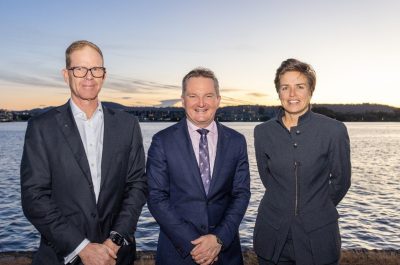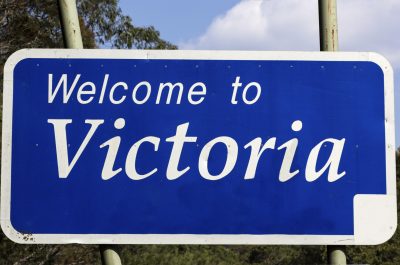Better practice social licence guideline launched
By Domenic Adams, General Manager Networks, Energy Networks Australia
Last week the Energy Charter launched its Better Practice Social License Guideline on transmission development.
The guideline supports transmission businesses to better understand, and act on, the factors that contribute to building trust with agricultural landholders and their communities.
It is also intended to support agricultural representatives, landholders and host communities to raise and discuss known impacts and work constructively with transmission businesses.
Developing the guideline
The guideline was developed collaboratively over n 18-month period. The starting point was to understand the experience of transmission development from the perspective of landholders and communities.
An essential part of guideline’s development was collaboration through the Energy Charter’s Community Outcomes Group. This group comprises landholder and community representatives and transmission businesses.
It was created by framing the collaboration through a social licence lens. This process is designed to provide an understanding how individual impacts, actions and relationships evolve and affect the building of trust and acceptance.
Social licence exists on a spectrum and is dynamic. It can be weakened and strengthened by the actions of individuals and communities at any time.
Snapshot of the guideline findings
The guideline includes a set of minimum standard activities that landholders and communities should expect from their engagement with transmission businesses. It also includes some further, better practice actions that can be taken to improve trust and build relationships throughout the transmission development process. It covers three main topics:
- Landholder relationships and services
- Management of on-farm activities and infrastructure, and
- Community relationships and services.
Engage early, engage with empathy
The guideline comments that early engagement with landholders and community in route planning is essential to ensuring that, wherever possible, transmission routes and methods are designed to minimise impacts.
Landholders’ experience of transmission infrastructure developments and their impacts is significantly influenced by the way they are engaged with.
Landholders strongly believe that transmission businesses need to spend time getting to know the land. Landholders often know the land intimately, and the placement of transmission towers can impact the mental wellbeing and visual amenity of landholders and communities, as well as the economic viability of landholder operations. An approach to landholder engagement that combines open listening with real empathy is more likely to build the trust required to deliver better social licence outcomes. Regardless of this however, compensation will still be critical, with most landholders likely to feel undercompensated throughout the process. Given this, clear and transparent information on compensation is critical.
Consider ‘what’s in it’ for landholders, communities
On farm activities can be disruptive and create significant anxieties.
This includes direct impacts on farm activities such as soil impact, as well as biological risks such as the spread of disease and pests from other properties. It is critical to have proactive plans in place to identify and mitigate risks.
The skilled crews and materials used in the construction of transmission infrastructure could be leveraged to benefit landholders.
For example, if fences are removed to allow access, they should be built back better than before.
If temporary infrastructure is required to support the transmission project, perhaps this could serve a landholder purpose once the transmission workers have moved on.
While landholders are compensated for direct impacts, communities often feel affected but are not directly compensated.
Transmission businesses can and should mitigate the stresses they place on communities throughout the transmission development process.
This can include mental health support, as well as leveraging the project for local economic development, and the creation of community-level benefit sharing arrangements.
No time to get it wrong
As the energy transition shifts gear into the delivery phase of major new transmission lines, landholders and communities are experiencing significant change and uncertainty.
Where landholders and communities do not feel adequately engaged, they have strongly pushed back and withheld their approval. It can be very difficult to recover the trust and goodwill required to develop significant infrastructure when the initial engagements have soured the relationship.
We don’t have time to get it wrong and then rebuild trust.
The energy transition is a defining challenge of our generation, and new transmission development is critical to its success.
This is why research-based guides that start with the landholder and community perspective, such as the Better Practice Guideline, are so important.
They help to facilitate an environment necessary for major infrastructure to proceed – trusting and productive relationships between transmission businesses and the landholders and communities in which they operate.

